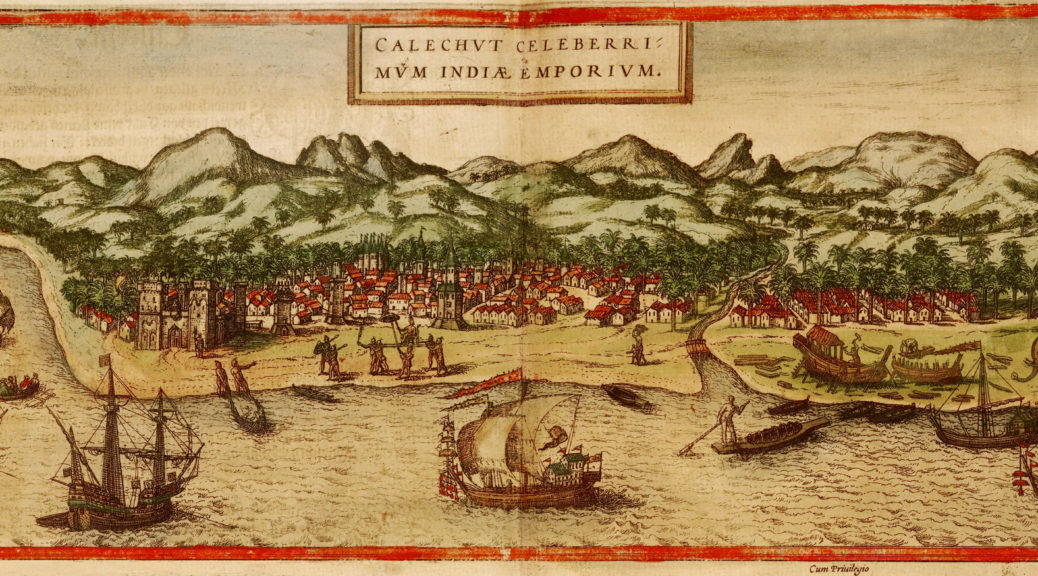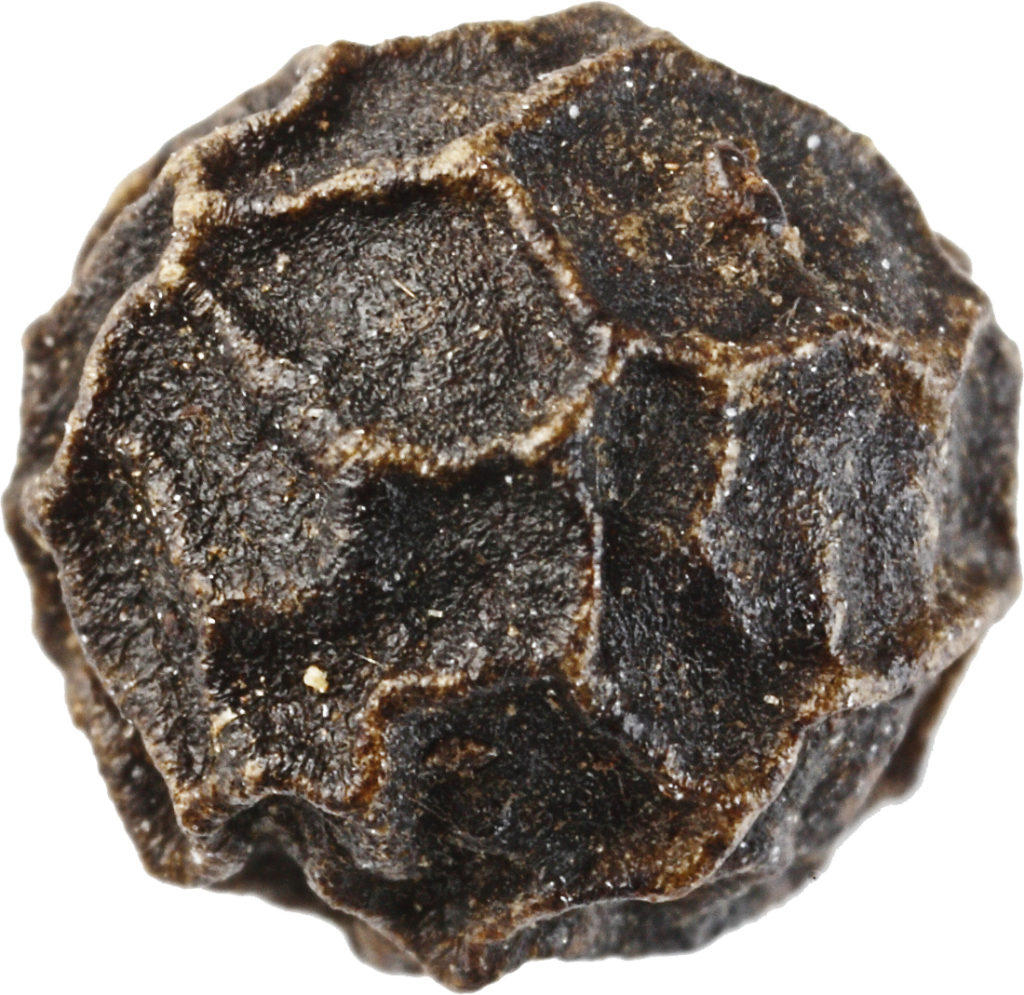
The Phytochemical that Launched a Thousand Ships – Part I
THE PHYTOCHEMICAL C17H19NO3
As you may recall from high school biology, a phytochemical is any chemical compound that comes from plants. Our species of omnivore consumes huge quantities of phytochemicals everyday: caffeine, sugar, methyl salicylate, vanilla, just to name a few. Because much of our diet is plant-based, many of our daily nutrients are in the form of phytochemicals. Basically, phytochemical is just a fancy word but now that you know it, you can get a lot of mileage out of it to spice up your conversational technique at parties.
Not all phytochemicals are nutrients since many are poisons like aconitine and strychnine; today’s phytochemical, however, has been a cornerstone condiment of culinary cravings in western civilization for more than two millennia. Its proper organic chemistry name is (2E,4E)-5-(2H-1,3-Benzodioxol-5-yl)-1-(piperidin-1-yl)penta-2,4-dien-1-one, a name that no sane person is ever going to use, even at a scientific conference. Its common-use name of piperine is much more savory. Piperine is the stuff that gives black pepper and long pepper their bite. Before capsaicin-based chili peppers invaded the Eurasian landmass from Mesoamerica, the king of all spices was the peppercorn of the Piper nigrum vine, the black pepper plant of southern India.

A Brief History of Pepper
It’s not an exaggeration to claim that pepper has launched a thousand ships; it’s an understatement.
- Pepper was so valued in the ancient world that peppercorns were stuffed into the nose of Pharaoh Ramses the Great during the mummification process.
- Pepper was a luxury item in the cities of Ancient Greece.
- Pepper reached the Roman Empire along a sea-based trade route from India and up the Red Sea into Egypt and the Levant. From there it crossed the Mediterranean Sea into Rome and the rest of Europe. This sea-based spice route would dominate the spice trade between Europe and Southeast Asia until it was replaced by the circum-Africa sea routes of the Portuguese and Dutch a millenium and a half later.
- The spice trade was never cut off during the so-called Dark Ages. There are multiple sources attributing to the use of pepper in Europe, including far-off England, even after the fall of Rome. It was too costly to be used by anyone other than the affluent upper-crust, but it was not out of reach for most small-time lords or monastery abbots in what used to be the western half of the Roman Empire. While the trade grew to include all the major spice of Medieval European cuisine, black pepper was always the number one spice: it was the most abundant and most accessible of all the southeast asian spices, coming from the easy-to-reach Malabar coast of India. It was cheaper than its piperine-bearing cousin, long pepper, which had further to travel to reach Europe from its cultivation area in northwest India. The availability and price difference between black and long pepper was noted as early as the first century AD by Pliny the Elder.
- The Middle East was conquered by the forces of Islam in the seventh century AD. After this time, the trade of pepper and other spices was controlled by Muslim merchants. These Islamic middlemen saw little wrong with price gouging the infidel Christians of Europe for the spices that made even the blandest foods worth eating.
- The brief two-century occupation of the Holy Land by the crusaders saw an uptick in trade between the Christian Outremer kingdoms and Christian Europe. Prices didn’t improve much but availability did. The Crusades also whetted the appetite for spices in the soldiers of less-the-noble status who brought their tastes and desires home with them. Overall, the crusades created demand for pepper and other spices.
- Since the Muslim empires now controlled the Levant and the Asian trade routes, Venice and Genoa engaged in a trade war during the early to high Middle Ages to control the movement of commodities from the Levant across the Mediterranean. Venice won this centuries-long trade war and dominated the shipping lanes in and out of the pre-Ottoman Middle East. The Venetians concluded Venice-only commerical agreements with the Sultanate that eventually shut out all other traders in the Levant and Black Sea. This means that Venice established a near monopoly on all commerce with the Muslim east, much to the displeasure of just about everyone else in Europe.
- In the high Middle Ages, it was common for the nobles and the rising middle class to employ a servant at meals and at feasts whose only task was to grind pepper on demand for people eating.
- The so-called Age of Exploration was fueled by the desire for pepper and other spices in greater quantities and at better prices than what was available from the Venetians. The Portuguese pioneered the circum-Africa sea route around the southern end of Africa and into the India Ocean in the 1480s, reaching India and establishing their own pepper trade that broke the Venetian monopoly. It was Columbus’s and Isabella of Castile’s desire to establish their own competing trade route to the “Indies” that lead to the discovery of the Americas by Spain. The following 1990s television programming summarizes the spice trade and the Age of Exploration.
End of Part I
Part II next week will discuss the metabolic action of piperine as well as its uses in medicine. It will also cover the all important topic of why pepper makes you sneeze. Check back back on Nov. 12, 2017 for Part II of the phytochemical that launched a thousand ships. I guarantee it will be to your taste!
SOURCES
- http://bioweb.uwlax.edu/bio203/2011/haggerty_adam/history.html
- https://www.britannica.com/plant/black-pepper-plant
- https://www.britannica.com/topic/spice-trade
- https://en.wikipedia.org/wiki/Black_pepper
- https://pubchem.ncbi.nlm.nih.gov/compound/638024
- Andrew Dalby, 2002, Dangerous Tastes: The Story of Spices, U Calif. Press, Berkeley.
Today’s banner image is a 1572 oblique view of Kolkata (formerly Calcutta) and its harbor by German cartographers and printers Braun and Hogenberg (in the public domain).

One thought on “The Phytochemical that Launched a Thousand Ships – Part I”